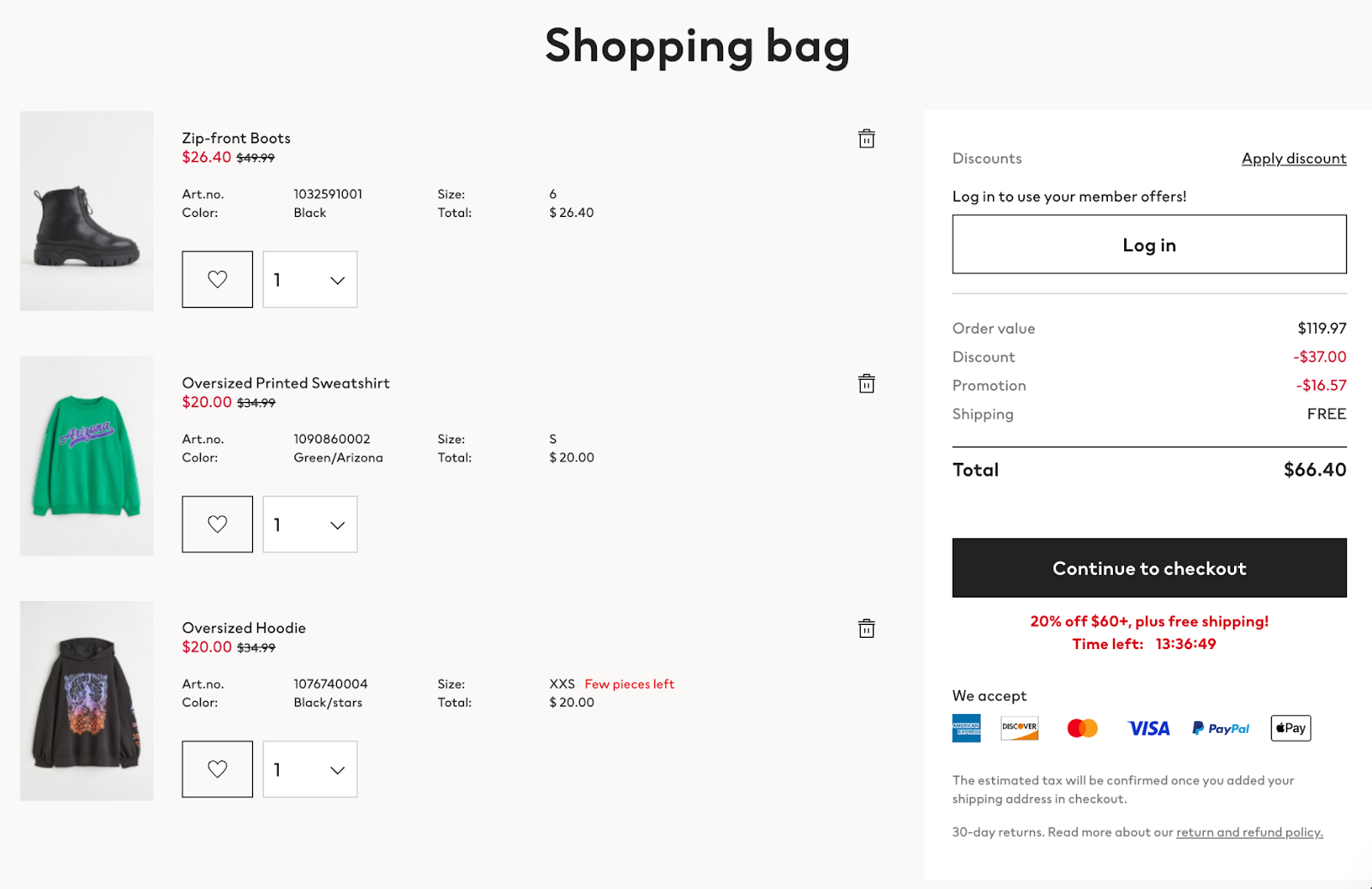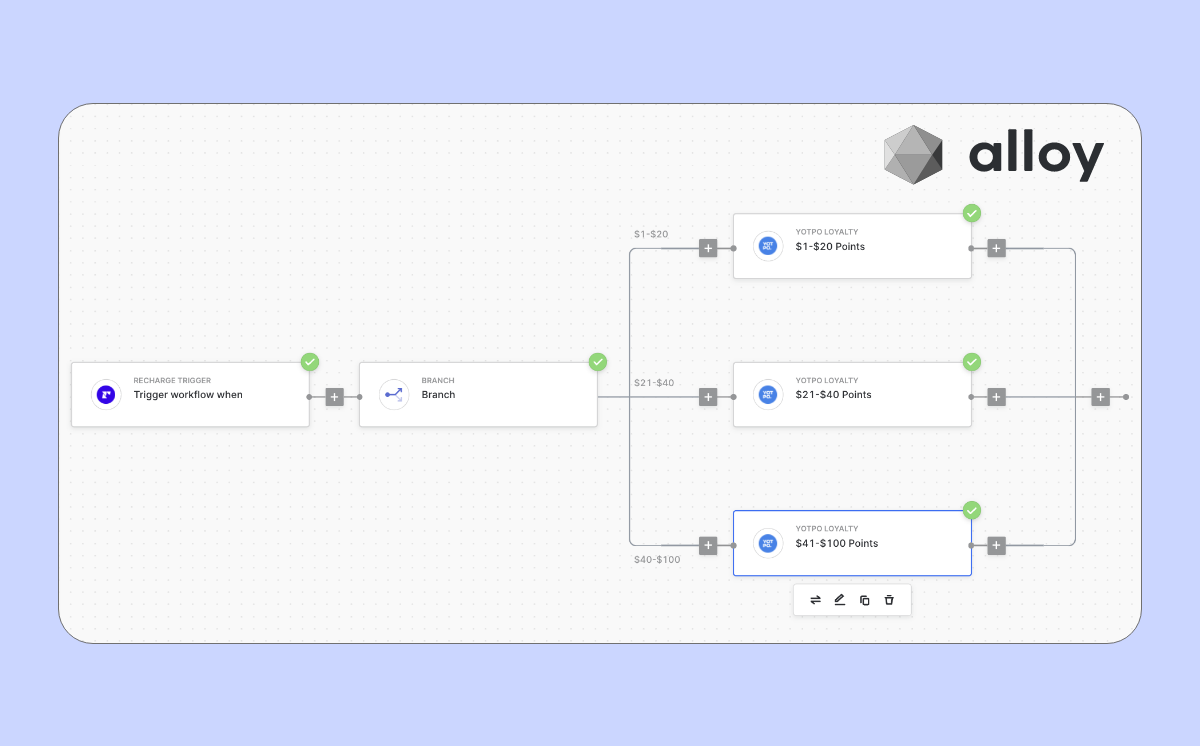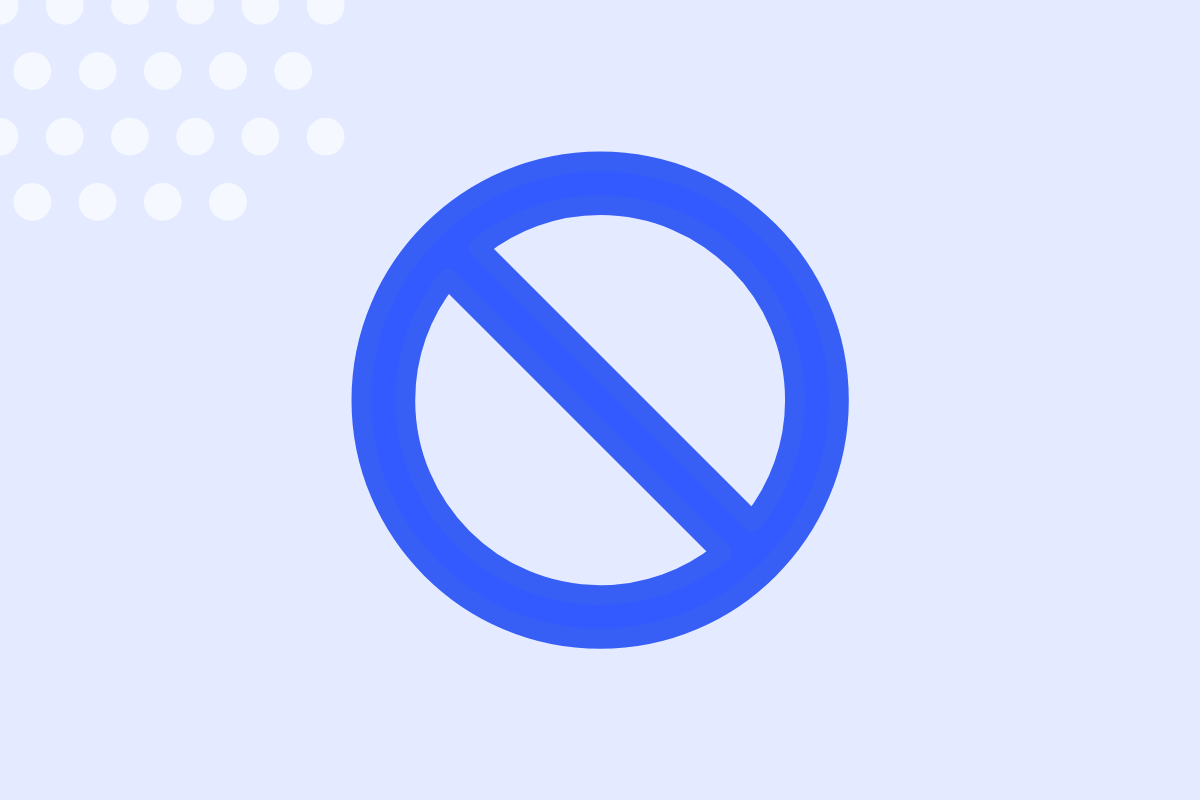Picture this: your team has worked hard for months to launch your next campaign. You publish it on social media. Send out emails to your list. And wait for the sales to roll in.
The metrics are looking promising. But then it starts going downhill. Your customers make it to the checkout but leave without buying anything.
What gives? 🤔
The truth is it happens every day to millions of vendors. According to Forrester, abandoned carts cost the eCommerce industry over $18 billion every year.
Shopping cart abandonment is one of the biggest problems online business owners face. Only 3 in 10 shoppers will complete their purchases, while the other 7 abandon their carts because of unexpected shipping costs, poor checkout experience or simply because they've changed their mind.
Not all sales can be recovered. But with a better understanding of why customers abandon their carts and some tweaks to your checkout—you can win them back.
Before we get into how you can improve your abandoned cart rate, let's start with some statistics 👇
Table of contents
- What is the current cart abandonment rate?
- How is the abandoned cart rate calculated?
- What are the common reasons for cart abandonment?
- 4 tips to decrease abandoned cart rates in your store
What is the current cart abandonment rate?
Cart abandonment rate is the percentage of online shoppers who add items to their carts but don't finish the purchase.
The average cart abandonment rates vary depending on industry, checkout optimization and additional costs like shipping and taxes. But Baymard Institute recently conducted a huge study that analyzed data from 41 different research reports and found the average cart abandonment rate is just under 70%.
The research found customers abandon their carts for many reasons, but extra fees, delivery times, and no guest checkout topped the list.

Finding an accurate cart abandonment rate starts with how old your customers are and what device they're using.
Abandoned cart rate by device
Mobile users abandon their carts more than desktop shoppers. Statista data shows carts are abandoned by mobile shoppers around 84% of the time, while the rate is around 72% for desktop shoppers.

Abandoned cart rate by demographic
The age of your shoppers also impacts your abandoned cart rate.
According to Hubspot research, Gen X and Baby Boomers are the most likely to complete their purchase. But those aged 25–44 are the leaders at leaving their cart at the checkout. The research highlighted that millennial shoppers are the most frugal and indecisive shoppers online, followed by 18–24-year-olds.
So, why does this all matter? 🤔
Simple. Understanding why shoppers are abandoning their carts makes it easier for you to stop it from happening. High mobile abandon rates may point to a badly designed checkout that isn't optimized for mobile. And some demographics are used to getting free shipping… so if you're adding it on at the checkout—it's obvious why they're abandoning their carts!
Before we talk about how to fix these problems, let's take a look at how abandoned cart rate is calculated 👇
//[inject:ad-multi-automations]
How is abandoned cart rate calculated?
Abandoned cart rate is a straightforward way to calculate many customers you're losing at the final stage of their checkout journey.
Just divide the total number of completed purchases by the number of shopping carts created by shoppers, subtract the result from one and then multiply by 100 to get your abandoned cart rate.
1 - (# of completed purchases / # shopping carts created) * 100 = abandoned cart rate %
Ugh, we know it sounds complicated. But stick with us. Let's say 100 shoppers have completed their purchases, and your store has had 480 total carts reach the checkout.
100/480 x 100 = 20.83
This calculates the number of customers who completed their purchases. The cart abandonment rate is then 1 - the 20.83%:
100 - 20.83% = 79.17%
The total cart abandonment rate is 79.17%.
See? We told you it was easy 😉
What are the common reasons for cart abandonment?
Abandoned carts happen for all types of reasons.
Shoppers may need their items sooner than you can deliver them, or your checkout doesn't offer their preferred payment option. Sometimes, the customer has just decided against buying the item altogether.
If you are wondering why customers are abandoning their carts, it could be down to:
💰Unexpected costs: 48% of customers say added costs at the checkout they didn't know about, like extra taxes and shipping, are the maireason for abandoning their cart. Think about your own checkout process—have you told customers that shipping isn't free? What about extra taxes or handling fees? These costs add up and can have a huge impact on the customer's buying decision.
📦 Slow shipping time: Whether shoppers are purchasing a gift or an item they need quickly, your dispatch and arrival times will influence their decision to buy.
👎 Badly optimized checkout: A long or poorly designed process can cause customers to bounce off your site. Just look at the stats. A 2022 Baynard Study found the average checkout has around 11 elements, but more complicated checkouts cause 17% to leave. Other elements like how much information you ask for and payment options also impact cart abandonment—9% of customers will leave your store if you don't offer their preferred payment method.
👀 Found a better offer. Statista research found 26% of shoppers in the UK who abandon their carts will buy the exact same product from a competitor. Ouch. Shoppers are always looking for the best deal and if a competitor offers the same product at a lower price or with faster shipping, you risk losing them.

There are plenty of reasons why shoppers are abandoning their carts. The good news is with some small tweaks to your shoppers' checkout experience, you turn more of them into paying customers.
Which means—you guessed it—more money in your pocket.
4 tips to decrease abandoned cart rates in your store
1. Ask for minimal contact information and offer guest checkout
Not every shopper who is buying something wants to sign up for your VIP club or register for an account.
Asking for too much information can cause friction at the checkout and cause shoppers to bounce. In fact, 24% of people abandon their carts simply because the brand asked them to create an account to complete their purchase.
Think about what essential details you need from the customer, like their name, email address and shipping address, and then work backwards because some of the information you're asking for may be overkill.
Getting their birthday deets? It'll be great for future marketing campaigns. But the customer may think this is a bit OTT and abandon their cart.
Another way to minimize the risk of customers jumping ship is to offer guest checkout, where they only need to hand over essential information to complete their purchase. Here's how Zara's checkout does it:

Regular Zara shoppers will probably opt to register for an account, but those buying one-off items or birthday gifts may see this as a hassle. Zara knows this and only asks guest shoppers for essential details like their address, email and postal code. Shoppers also have to opt-in to Zara marketing, so there's no risk of unwanted emails post-purchase.

We love this customer-centric checkout experience because it truly puts the shopper first. It makes the buying journey easy and the customer is totally in charge of how their information is used.
2. Be transparent about total costs (yes, we mean shipping!)
Whether it's shipping costs, state taxes or a return fee, you should always tell customers what their total bill will be before they start entering their card details.
Not communicating extra costs like shipping and handling until shoppers get to the payment page is one of the easiest ways to lose them. Tell your customers early—before they even get to the checkout—what they're up for in shipping costs and taxes.
Steal H&M's approach to this. The store tells customers the shipping amount and the savings from discounts and promotions in one calculation:

If customers don't reach the free shipping spend threshold, the flat rate is applied before they get to the checkout so they can decide if they want to go ahead.
What we don't love about this checkout is the customer has to wait until they add their shipping address for H&M to calculate state taxes, which adds on more costs:

If you have the same friction at your checkout, think about offering a tax estimator for customers at the shopping bag stage so they can do some quick sums before entering the checkout. This way, they can decide whether or not they're happy with the extra costs before jumping through the checkout hoops.
3. Check your returns policy
Sometimes online shopping doesn't always go to plan. In 2021 alone, 16.6% of all US online sales (totalling $761 billion) were returned.
Think about how difficult it'll be for customers to send an item back that doesn't fit (or just isn't what they hoped for).
A zero return policy or difficult exchange process can cause anxiety for customers at the checkout and make them lose confidence in your store. In fact, 12% of shoppers say an unsatisfactory returns policy is why they abandoned their cart.
Some big retailers, like Zara and Uniqlo, have even started to try and claw back the costs associated with online shopping by charging a return fee. In mid-2022, UK retail giant Boohoo began deducting a £1.99 fee for every customer return:

There was heavy backlash online, and time will tell if this approach to returning items will sit well with shoppers, as a UPS study found a whopping 82% of respondents would only buy from retailers that offered free returns.
The lesson here? 🤔
Know your shoppers' expectations. Make your returns policy clear and accessible. And put yourself in your shopper's shoes about how fair your exchange policy is to the overall buying experience.
4. Include progress bars on the checkout page
Picture this: you drop into a fast food place, and the queue is huge 😲
You decide that it'll take too long to get to the front of the line, so you decide to go eat somewhere else. Think about this scenario when designing your checkout and show customers how long the process will take with a progress bar.
Not only does this tell people exactly how far into the transaction they are, but it reassures them there won't be any unnecessary steps or forms to fill out along the way. We love this simple progress bar by Good American:

This clearly communicates to the customer that they are in step 1 of 3 of the checkout process, and the express checkout is placed straight underneath as an option to make their purchase even quicker.
//[inject:ad-ebook-abandoned-cart]
Optimize your cart abandonment with Sendlane
Cutting your abandoned cart rate isn't rocket science.
The good news is that the shopper already has something they want to buy from your store. It's your job to persuade them that their purchase is worth it and guide them through the checkout. Be transparent about all the costs associated with a customer's purchase and research what your target market wants in a returns policy and payment options.
And if customers abandon their cart, the best way to win them back is with Sendlane. Using our automated eCommerce marketing platform, you can send personalized abandoned cart emails and SMS to customers and convince them to complete their purchases.
More sales at the checkout. More revenue for your store's bottom line.
Want to take Sendlane for a 60-day test drive? Get started for free here.

%20(1).png)




%20(1).png)
.jpg)


.jpg)
.jpg)


.jpg)





.png)



.png)





.png)


.png)

.png)
.png)

.png)
.png)

.png)

.png)


.png)
.png)
%20(1).png)
.png)









.png)











.png)
.png)

%20(1).png)

%20(1).png)



.png)


























.png)











































.jpeg)



.png)



























.png)



.png)

.png)

.png)
.jpeg)


.png)













.png)

.png)










.png)












.png)






































.png)



.png)

.png)

.png)
.png)

.png)
.png)

.png)

.png)

.png)




.png)




















